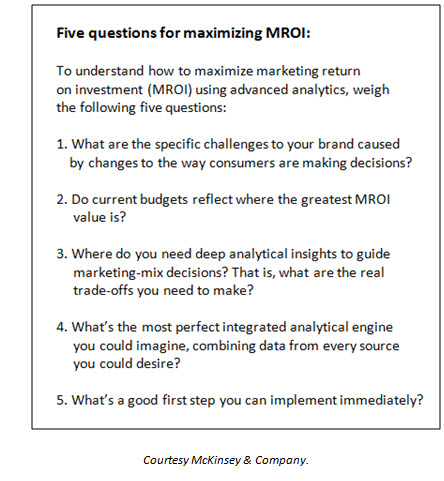
Guest post by Hervé Lesage, Xerox Global Marketing Manager Financial Services Industry
While big data analytics conveys the promise of a brighter future for banking, another type of analytics also delivers cost savings, supports growth and resolves many inefficiencies almost immediately.
Building and executing a big data analytics strategy remains a tough challenge due in particular to data sitting in many different silos. There are alternatives to drive change and quickly meet your business objectives that are much easier to lead.
Let’s call them Document Analytics. The analytics described here focus on data found at the intersection of document processes, the workflows that your financial services organization runs every day to drive more revenue, provide better customer experience and improve risk management.
Many Bank Processes Still Paper-Based
An IDC survey found that 40% of processes are still fully paper-based. The study also revealed that many enterprises can’t accurately describe the connections between print, document use, current work processes and employee productivity. That means those companies lack essential data to make transformative business decisions.
Using in-depth document and process analytics, you can understand how these activities and behaviour intersect and the impact on productivity. This knowledge leads to improvements in core processes like loan processing, new customer on-boarding, customer relation, risk management and compliance.
In financial services firms, with their prevalence of paper-based documents, many hidden process inefficiencies that can be brought to light through analytics. These inefficiencies are significant because they result in delays, costs, errors and poor customer experiences.
Loan Processing with Less Paper
For instance, loan processing well illustrates the complexities among workflows, document processes and various stakeholders’ work processes. The Relationship Manager captures customer ID and credit references during initial application processing. This information is sent to the Underwriter for a decision. Several iterations are required to check information and request more. Data entry will be performed, and the data will flow between various systems and departments.
Document analytics help you to re-think loan processing and other banking processes and minimize paper and human touchpoints. Use the data to precisely streamline and automate work processes to reduce costs, alleviate IT burden, support compliance, and resolve business inefficiencies causing unsatisfactory customer experiences.
Xerox Analytics Capabilities Reveal Insights
Xerox document analytics tools are one way to make this possible. You can garner quantitative and qualitative data to identify costs and risks anomalies within your document processes, and find recommendations for improvement and greater efficiency of the associated work processes.
Technically speaking, this solution gathers all print stream data and network logs, maps all your devices and where all your documents are stored, and workflow specialists conduct interviews with your employees to gain more insights on how documents processes, workflows and work processes interact.
Document Analytics eBook Focuses on Business Workflow
At Xerox, with our heritage of document management process expertise, we know how intertwined documents are with your business processes, and how the efficiency of the latter depends upon that of the former. This ebook describes what a “Document Analytics” journey can bring to an organization like yours.



